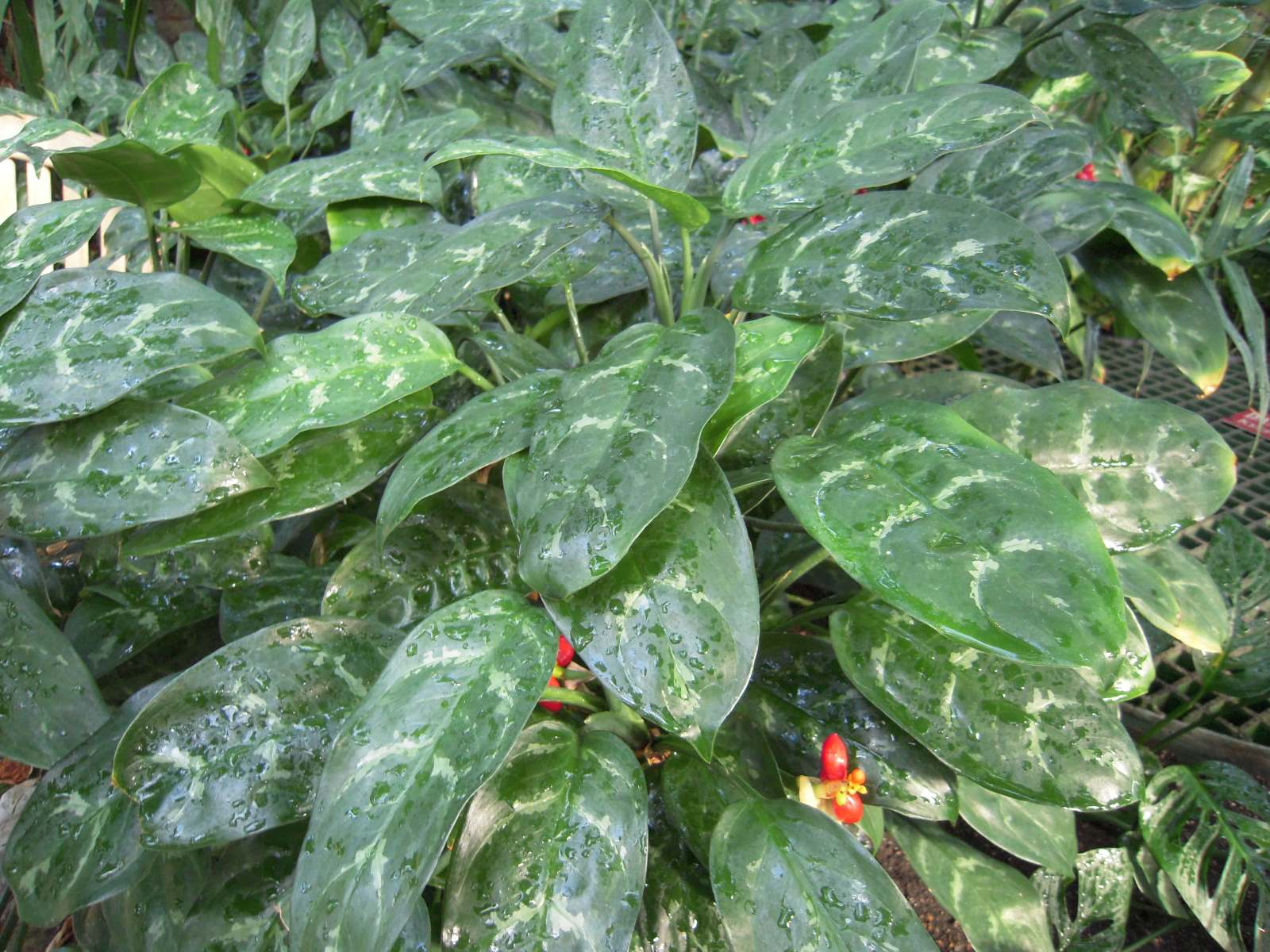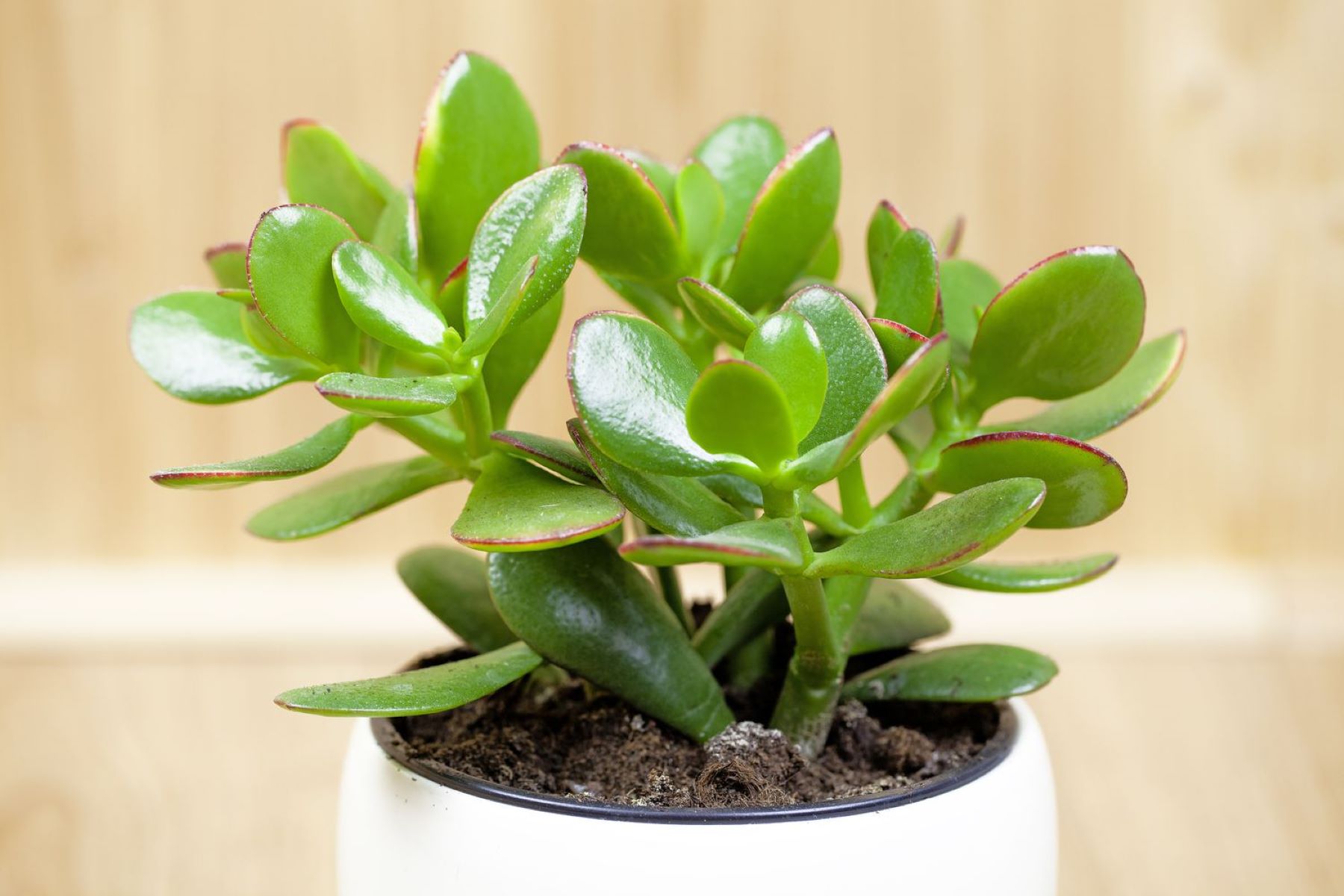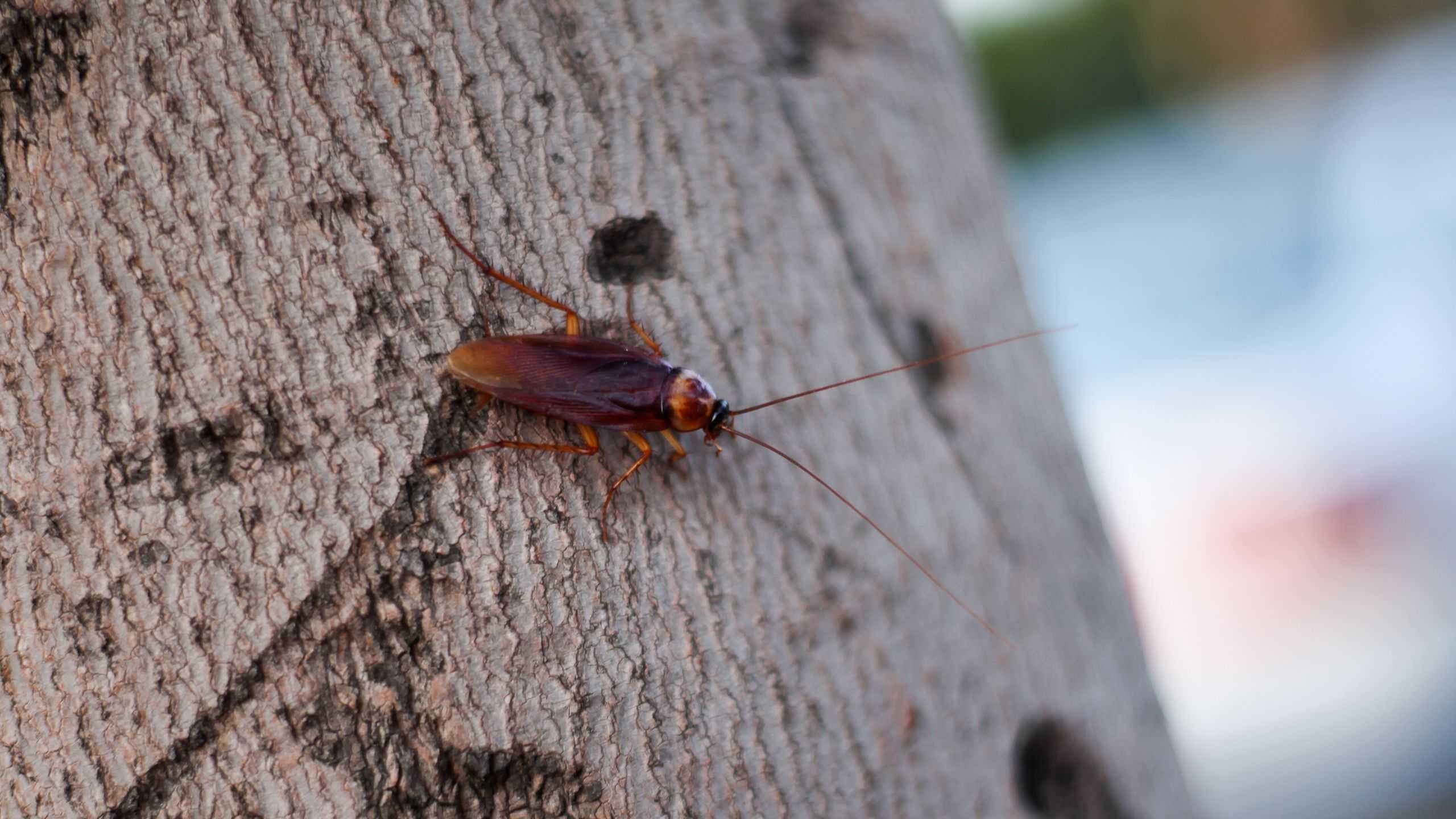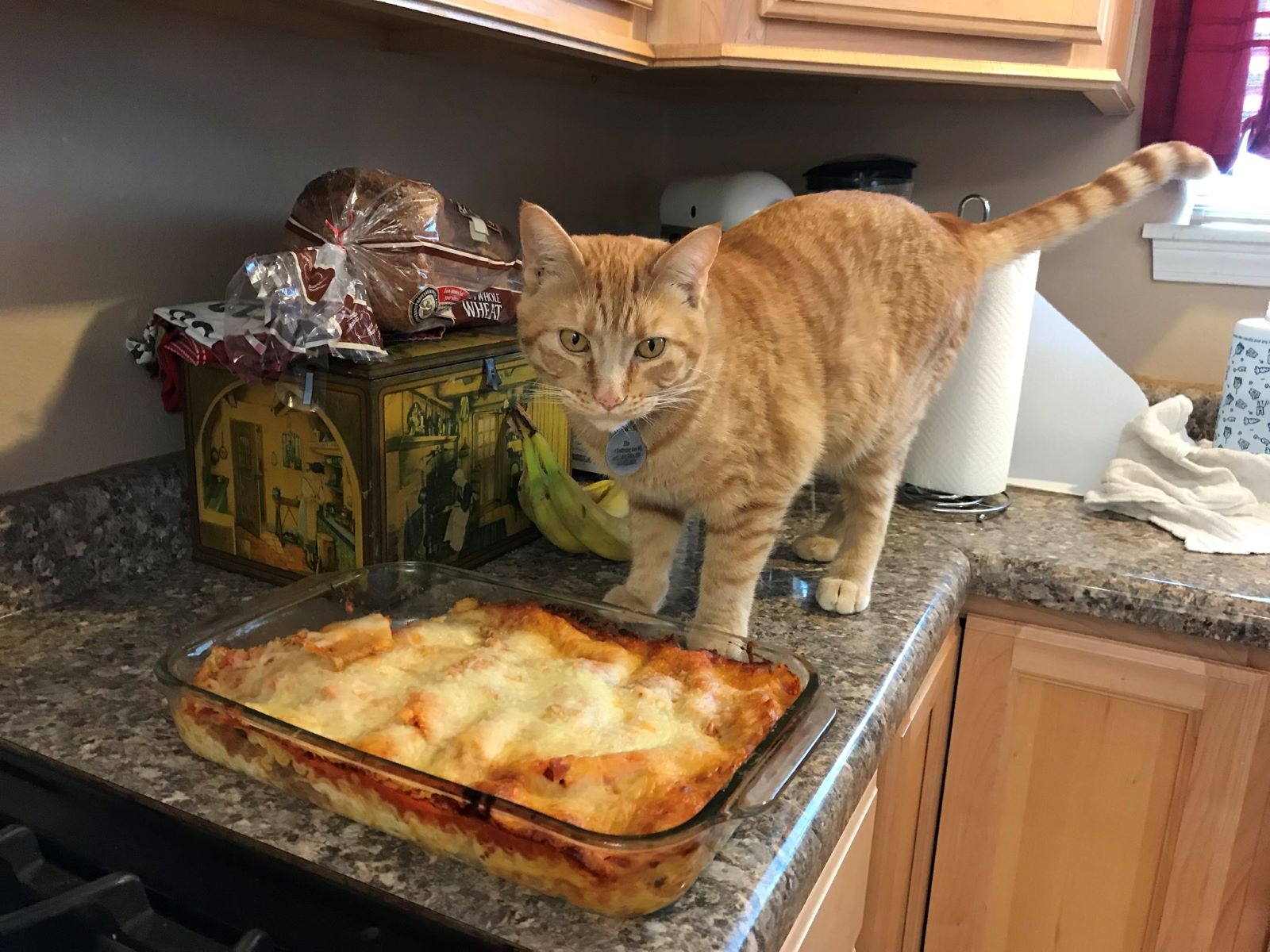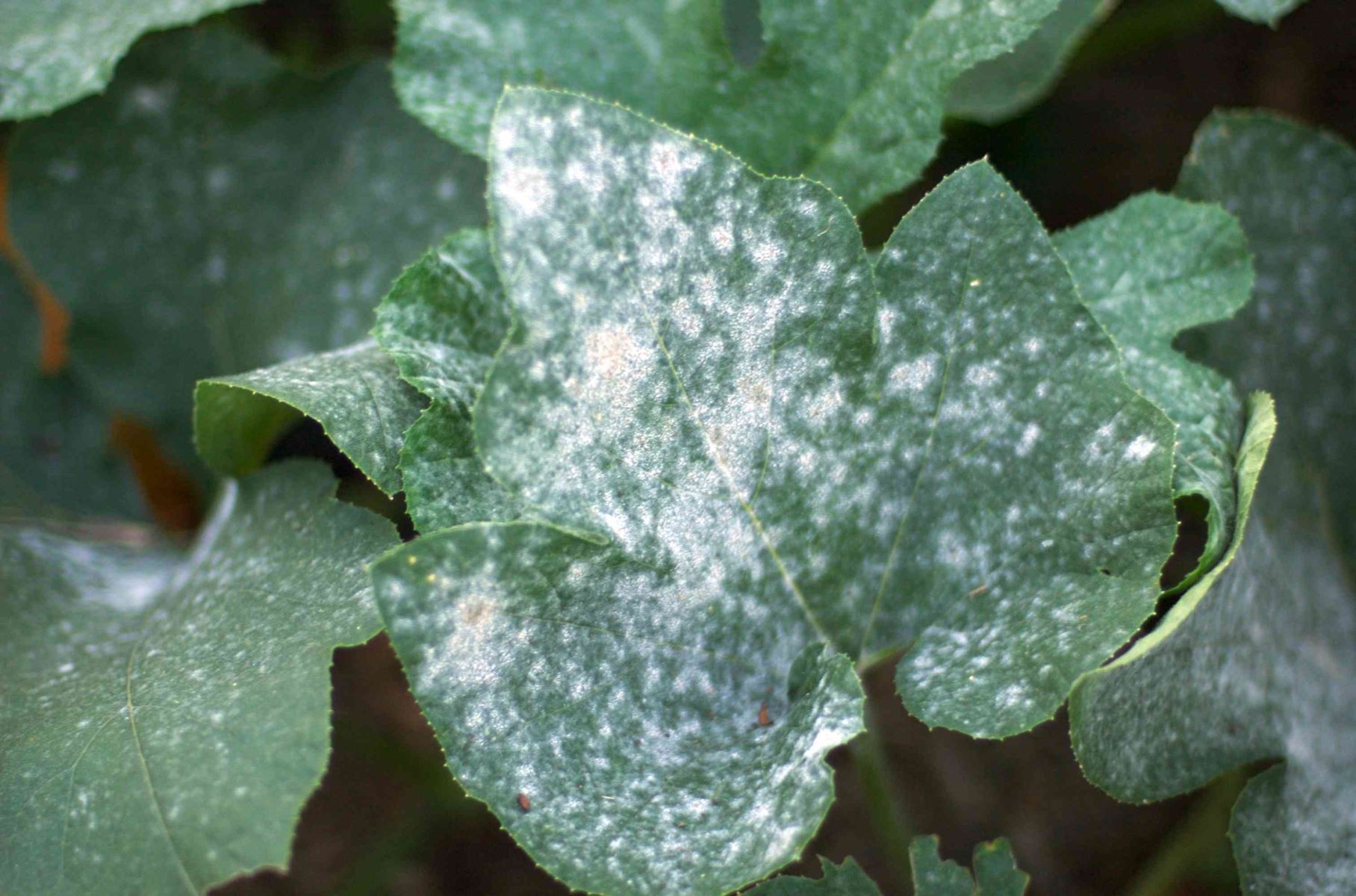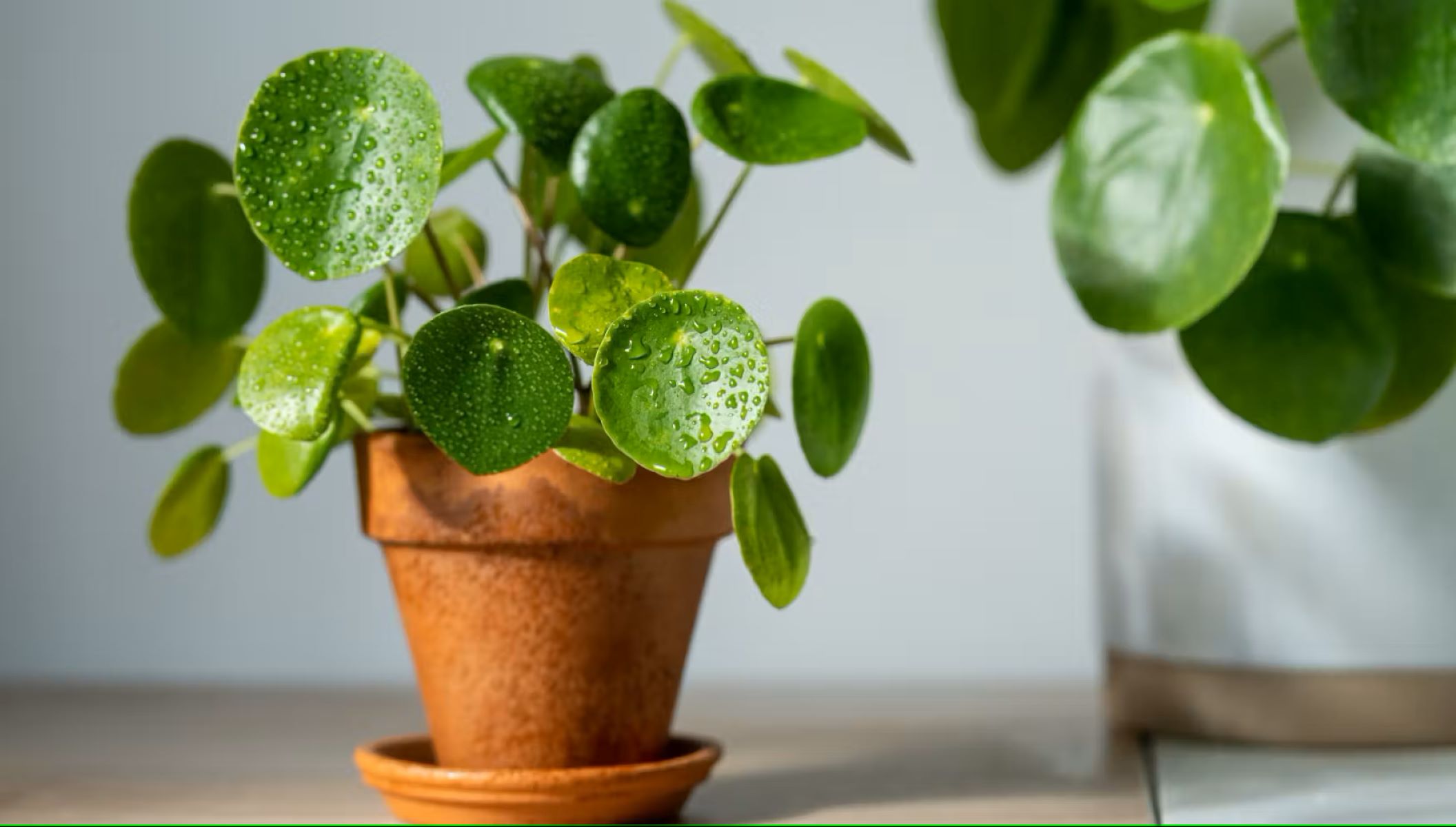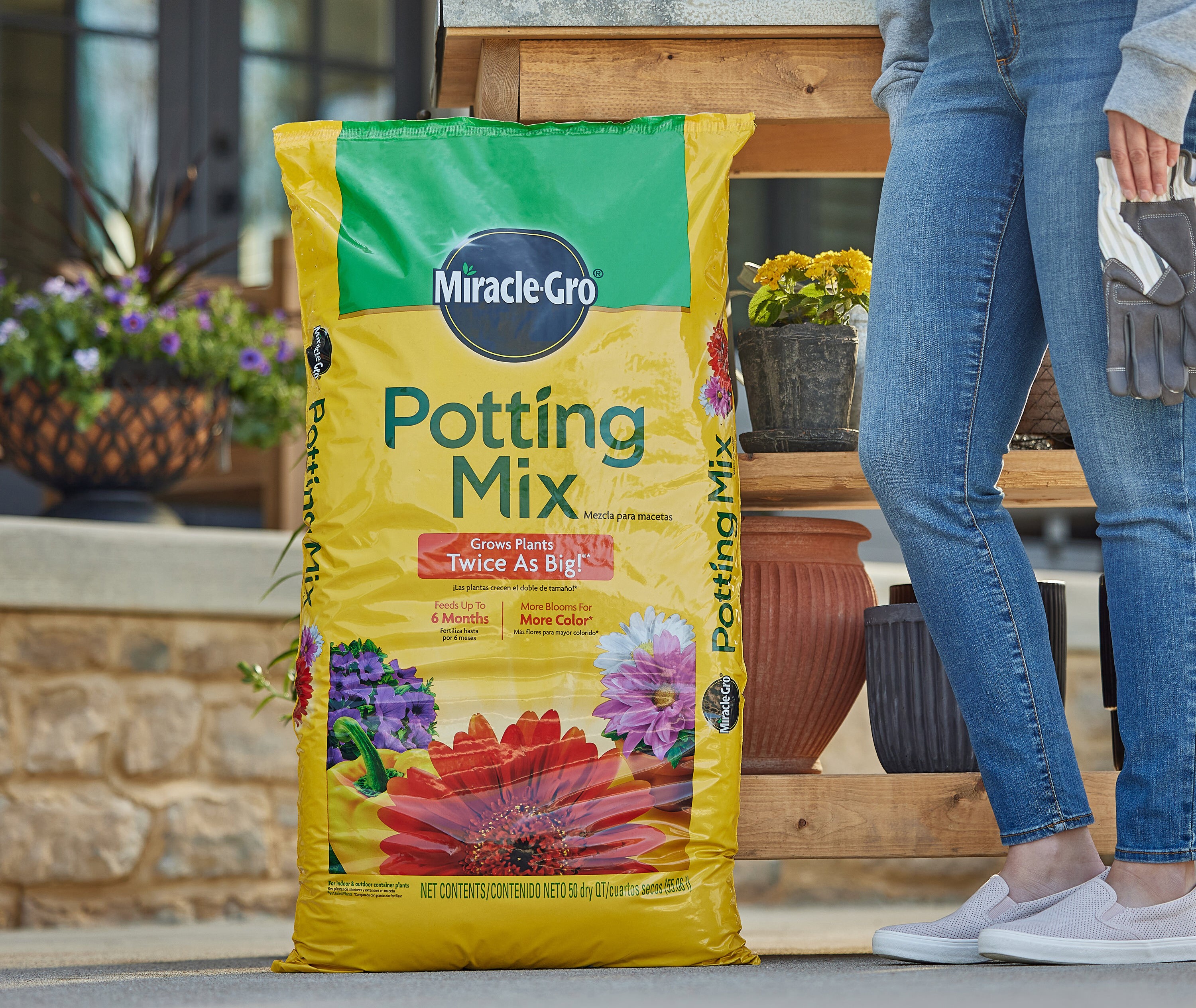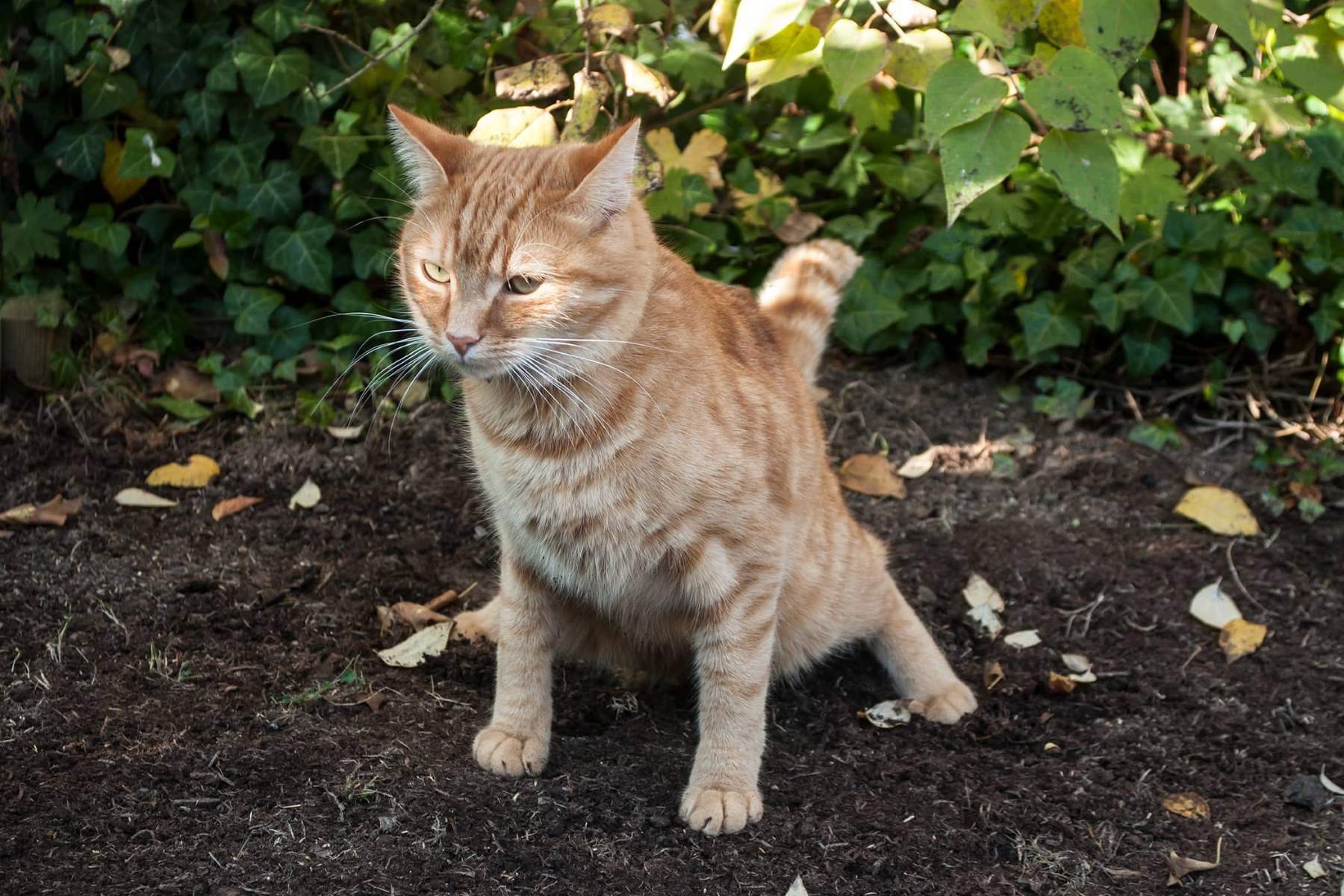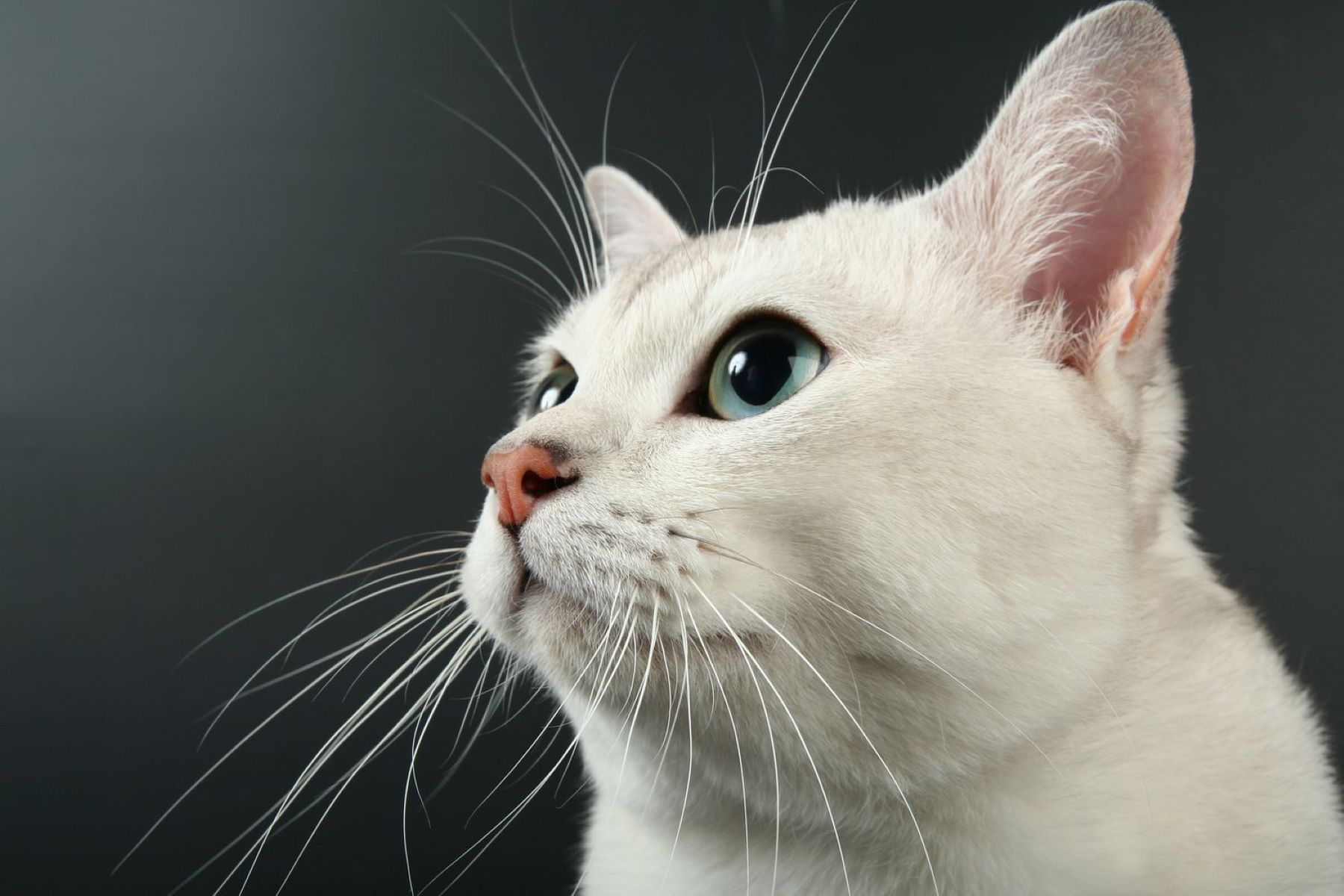Home>Health and Wellness>Shocking Truth: Money Tree Plants Pose Serious Threat To Cats
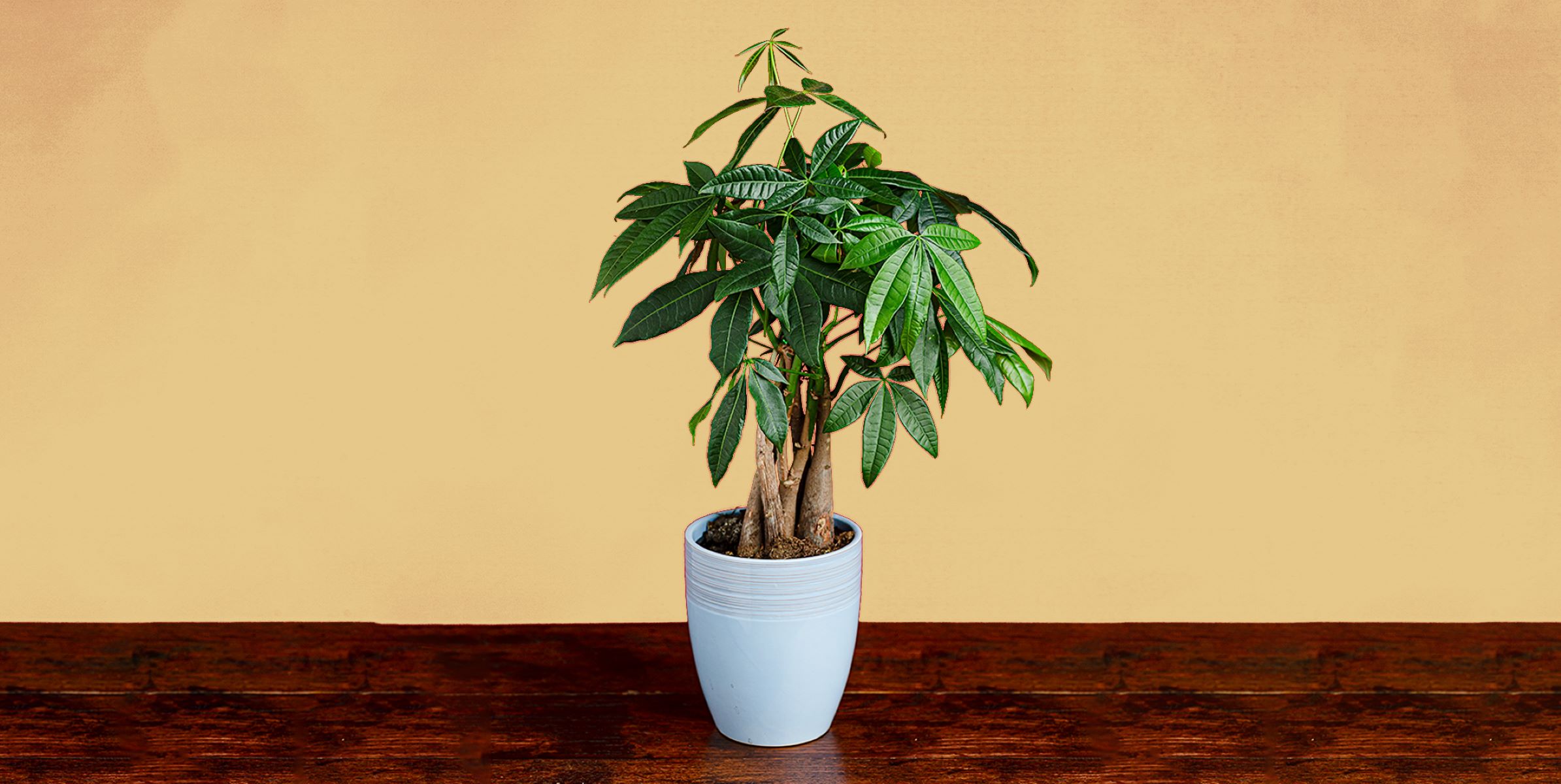

Health and Wellness
Shocking Truth: Money Tree Plants Pose Serious Threat To Cats
Published: February 9, 2024
Discover the shocking truth about the threat money tree plants pose to your cat's health and wellness. Learn how to keep your feline friend safe.
(Many of the links in this article redirect to a specific reviewed product. Your purchase of these products through affiliate links helps to generate commission for Regretless.com, at no extra cost. Learn more)
Table of Contents
Introduction
Money tree plants are popular indoor ornamental plants known for their braided trunks and lush, green foliage. These plants, scientifically named Pachira aquatica, are often touted as symbols of good luck and prosperity, making them a common sight in homes and offices. While they are aesthetically pleasing and relatively low-maintenance, it's important for pet owners to be aware of the potential dangers they pose to their feline companions.
In recent years, concerns have been raised about the toxicity of money tree plants to cats. Despite their widespread presence in indoor environments, many cat owners may not realize the potential risks associated with these seemingly harmless decorative plants. It's crucial to shed light on this issue to ensure the well-being of our beloved feline friends.
In this article, we will delve into the reasons why money tree plants can be hazardous to cats, the symptoms of poisoning to watch out for, and the necessary steps to take in the event of exposure. By understanding the potential risks and learning how to mitigate them, cat owners can create a safe and nurturing environment for their pets while enjoying the beauty of these popular houseplants.
What are Money Tree Plants?
Money tree plants, scientifically known as Pachira aquatica, are native to the wetlands and swamps of Central and South America. These plants belong to the Malvaceae family and are characterized by their distinctive braided trunks and glossy, palmate leaves. The name "money tree" is derived from a popular belief that it brings good luck, prosperity, and positive energy to the space where it is placed.
In addition to their cultural significance, money tree plants are favored as ornamental houseplants due to their aesthetic appeal and reputation for being relatively easy to care for. They thrive in bright, indirect light and require regular watering, making them suitable for indoor environments. The braided trunks, often intertwined with multiple stems, add an element of visual interest, making these plants a popular choice for interior decoration.
The leaves of the money tree plant are typically bright green and can create a lush, tropical ambiance within a living space. When provided with proper care, these plants can grow to be quite large, adding a touch of natural elegance to any room.
Moreover, money tree plants are often associated with Feng Shui principles, where they are believed to attract wealth and prosperity. This further contributes to their widespread popularity as decorative elements in homes, offices, and businesses.
While money tree plants are generally well-regarded for their aesthetic and symbolic qualities, it is important for pet owners to be aware of the potential risks they pose to cats. Despite their allure, these plants can pose a serious threat to feline companions if ingested, as certain components within the plant can be toxic to cats.
Understanding the nature of money tree plants and their potential impact on feline health is crucial for creating a safe and harmonious living environment for both plants and pets.
Why Money Tree Plants are Dangerous to Cats
Money tree plants, while revered for their ornamental value and symbolic significance, harbor certain substances that can be harmful to cats if ingested. The potential danger lies in the composition of these plants, specifically the presence of toxins that can elicit adverse reactions in feline physiology.
One of the primary concerns regarding the toxicity of money tree plants to cats is the presence of insoluble calcium oxalate crystals within their leaves and stems. These microscopic crystals, known as raphides, serve as a natural defense mechanism for the plant, deterring herbivores and pests from consuming its foliage. When a cat chews on or ingests parts of the money tree plant, these sharp crystals can cause irritation and damage to the delicate tissues in the oral cavity, throat, and gastrointestinal tract.
Upon contact with the mucous membranes of the mouth and throat, the calcium oxalate crystals can trigger a range of distressing symptoms in cats, including oral pain, excessive drooling, difficulty swallowing, and inflammation of the oral tissues. Ingestion of these crystals can also lead to gastrointestinal issues such as vomiting, diarrhea, and abdominal discomfort. Furthermore, the abrasive nature of the crystals can exacerbate tissue irritation as they move through the digestive system, potentially causing additional discomfort and inflammation.
It's important to note that cats, known for their curious and exploratory nature, may be inclined to investigate and nibble on household plants, including money tree plants, out of curiosity or boredom. This behavior increases the risk of accidental exposure to the toxic components of the plant, heightening the potential for adverse health effects in feline companions.
Given the potential harm posed by the presence of calcium oxalate crystals in money tree plants, it is crucial for cat owners to exercise caution and take proactive measures to safeguard their pets from potential exposure. By understanding the specific dangers associated with these plants, pet owners can make informed decisions to create a safe and nurturing environment for their feline companions.
In the next section, we will explore the symptoms of money tree plant poisoning in cats, shedding light on the signs that may indicate potential toxicity and the necessary steps to take in the event of exposure. Understanding these symptoms is essential for prompt identification and intervention, ultimately contributing to the well-being of our beloved feline friends.
Symptoms of Money Tree Plant Poisoning in Cats
When a cat comes into contact with or ingests parts of a money tree plant, it can lead to a range of distressing symptoms indicative of plant poisoning. Understanding these symptoms is crucial for cat owners to promptly recognize potential toxicity and seek appropriate care for their feline companions.
The onset of symptoms can vary depending on the extent of exposure and the individual cat's sensitivity to the toxic components of the plant. In cases of oral contact with the plant, cats may exhibit immediate signs of discomfort and irritation in the mouth and throat. Common symptoms include excessive drooling, pawing at the mouth, and vocalizing in distress. The presence of insoluble calcium oxalate crystals in the plant's foliage can cause oral pain and inflammation, leading to visible discomfort in affected cats.
As the toxic substances make their way through the digestive system, cats may experience gastrointestinal disturbances such as vomiting and diarrhea. These symptoms can be accompanied by abdominal discomfort and a general sense of malaise. The abrasive nature of the calcium oxalate crystals can exacerbate tissue irritation, contributing to the manifestation of these gastrointestinal symptoms.
In addition to oral and gastrointestinal manifestations, systemic signs of toxicity may also become apparent. Cats exposed to the toxic components of money tree plants may exhibit lethargy, weakness, and a loss of appetite. These general signs of malaise can be indicative of the cat's physiological response to the ingested toxins, signaling the need for immediate attention and intervention.
It's important to note that the severity of symptoms can vary based on the amount of plant material ingested and the individual cat's susceptibility. In cases of suspected money tree plant poisoning, prompt veterinary care is essential to assess the cat's condition, provide supportive treatment, and mitigate the effects of the toxic exposure.
By being vigilant and observant of these symptoms, cat owners can take proactive measures to ensure the well-being of their pets. In the following section, we will explore the necessary steps for treating money tree plant poisoning in cats, emphasizing the importance of seeking professional veterinary assistance to address potential toxicity effectively.
Treatment for Money Tree Plant Poisoning in Cats
Upon suspecting or confirming exposure to money tree plant toxins, immediate veterinary attention is crucial for effectively addressing the potential poisoning in cats. The treatment approach for money tree plant poisoning is aimed at alleviating symptoms, mitigating the effects of toxic exposure, and supporting the cat's recovery.
Upon presentation at the veterinary clinic, the cat will undergo a thorough assessment to evaluate the extent of toxic exposure and the resulting symptoms. Diagnostic measures may include physical examination, oral cavity inspection, and, if necessary, imaging studies to assess the gastrointestinal tract for any potential complications.
In cases of oral irritation and discomfort, supportive care may involve rinsing the cat's mouth to remove any residual plant material and soothing the affected tissues. This can help alleviate oral pain and reduce the inflammatory response triggered by the presence of calcium oxalate crystals.
To address gastrointestinal symptoms such as vomiting and diarrhea, the veterinary team may administer appropriate medications to manage these manifestations and provide symptomatic relief. Additionally, supportive measures such as fluid therapy and dietary management may be implemented to maintain the cat's hydration and nutritional balance.
In more severe cases of toxic exposure, where the cat exhibits systemic signs of distress or complications related to the ingestion of money tree plant toxins, more intensive interventions may be necessary. This can include the administration of medications to address pain, inflammation, and systemic effects of toxicity.
Throughout the treatment process, close monitoring of the cat's vital signs, hydration status, and overall condition is essential to gauge the response to treatment and ensure the cat's well-being. Follow-up care and supportive measures may be recommended to facilitate the cat's recovery and minimize potential long-term effects of toxic exposure.
It is important for cat owners to communicate openly with the veterinary team, providing details of the suspected exposure and the cat's symptoms. This information can guide the treatment approach and help the veterinary professionals tailor their interventions to address the specific needs of the affected cat.
By seeking prompt veterinary care and adhering to the recommended treatment plan, cat owners can optimize the chances of a positive outcome for their feline companions in cases of money tree plant poisoning. The focus on timely intervention and comprehensive care underscores the importance of prioritizing the well-being of pets in the face of potential toxic exposures.
In the subsequent section, we will explore essential prevention and safety measures that cat owners can implement to safeguard their pets from the risks associated with money tree plants, fostering a secure and nurturing environment for both plants and feline companions.
Prevention and Safety Measures
Implementing proactive measures to prevent accidental exposure to money tree plants is essential for ensuring the safety and well-being of feline companions. By taking deliberate steps to mitigate the risks associated with these ornamental plants, cat owners can create a secure living environment for their pets while enjoying the presence of these popular houseplants.
-
Plant Placement: Placing money tree plants in areas that are inaccessible to cats is a fundamental preventive measure. Elevated surfaces, hanging planters, or designated areas secured with pet gates can help restrict feline access to the plants, reducing the likelihood of accidental ingestion.
-
Supervision and Deterrence: When introducing new plants or rearranging indoor greenery, it is important to supervise cats and discourage them from interacting with the foliage. Redirecting their attention with interactive toys, providing designated scratching posts, and offering environmental enrichment can help minimize their curiosity towards household plants.
-
Education and Awareness: Cat owners should familiarize themselves with the potential dangers posed by money tree plants and other toxic houseplants. Being aware of the specific hazards and symptoms associated with plant poisoning enables pet owners to take swift action in the event of an accidental exposure.
-
Alternative Greenery: Incorporating cat-safe plants and grasses into the indoor environment can provide feline companions with safe and enriching natural elements. Catnip, cat grass, and other non-toxic plants can serve as attractive diversions, redirecting cats' interest away from potentially harmful foliage.
-
Consultation with Veterinarian: Seeking guidance from a veterinarian regarding pet-safe plant options and potential hazards can offer valuable insights for cat owners. Veterinarians can provide recommendations on safe plant species and offer tailored advice to create a pet-friendly indoor garden.
-
Prompt Veterinary Care: In the event of suspected plant poisoning, immediate veterinary attention is paramount. Cat owners should familiarize themselves with emergency veterinary contacts and be prepared to seek professional care if their feline companions exhibit symptoms of toxic exposure.
By integrating these preventive measures into their pet care routines, cat owners can cultivate a harmonious and secure environment for their feline companions, minimizing the risks associated with toxic plant exposures. Prioritizing the safety and well-being of cats underscores the commitment to providing a nurturing and hazard-free living space for beloved pets.
Incorporating these safety measures into daily practices empowers cat owners to create a space where both plants and pets can thrive, fostering a balanced and secure indoor environment for all inhabitants.
Conclusion
In conclusion, while money tree plants are prized for their aesthetic appeal and cultural symbolism, it is imperative for cat owners to recognize the potential risks they pose to feline companions. The presence of insoluble calcium oxalate crystals within the foliage and stems of these plants can lead to oral and gastrointestinal irritation if ingested by cats. Understanding the toxic nature of these plants and being vigilant about the symptoms of poisoning is essential for safeguarding the well-being of pets.
By remaining informed about the potential dangers associated with money tree plants, cat owners can take proactive measures to prevent accidental exposure. Implementing strategies such as plant placement in inaccessible areas, providing alternative cat-safe greenery, and seeking guidance from veterinarians can significantly reduce the risk of toxic plant ingestion by cats.
Furthermore, fostering an environment of awareness and education within the pet owner community can contribute to a collective effort in ensuring the safety of feline companions. Sharing knowledge about the potential hazards of certain houseplants and promoting responsible pet care practices can empower cat owners to make informed decisions that prioritize the welfare of their pets.
In the event of suspected plant poisoning, prompt veterinary care is paramount. By recognizing the symptoms of toxic exposure and seeking professional assistance without delay, cat owners can optimize the chances of a positive outcome for their feline companions.
Ultimately, the well-being of pets is a shared responsibility, and by integrating preventive measures and remaining attentive to the needs of our feline friends, we can create a secure and nurturing environment where both plants and pets can coexist harmoniously. By embracing a holistic approach to pet care and environmental safety, cat owners can cultivate a space where their beloved companions can thrive, free from the potential hazards posed by toxic houseplants.
As we continue to prioritize the safety and happiness of our pets, it is essential to remain vigilant, informed, and proactive in creating a living environment that promotes the well-being of all inhabitants. Through a concerted effort to raise awareness and implement preventive measures, we can ensure that our homes are safe havens where our feline companions can flourish, surrounded by love, care, and security.

